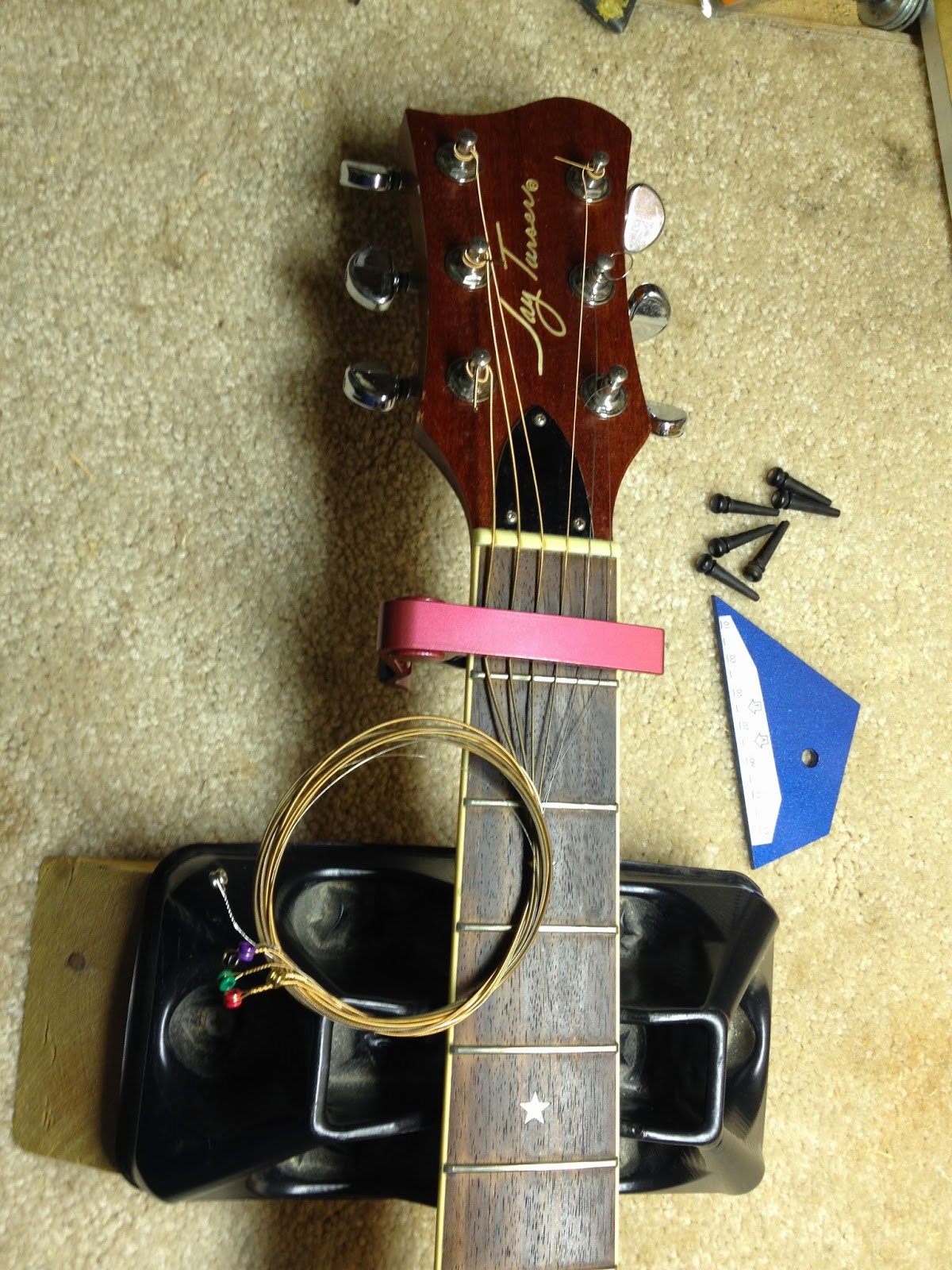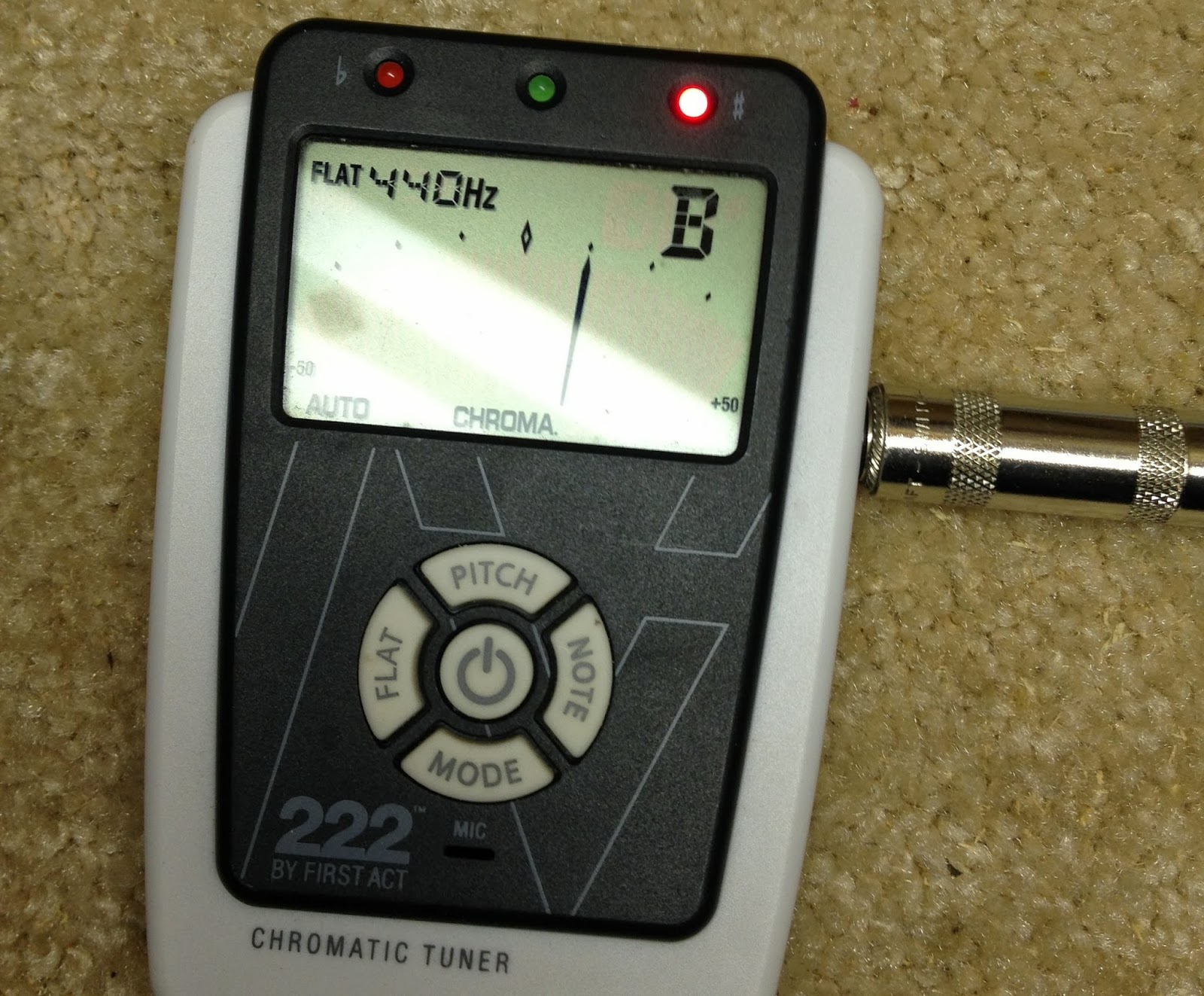He hit the ground running,
At the speed of light.
The star was brightly shining,
Like a neon light.
At the speed of light.
The star was brightly shining,
Like a neon light.
While I was out of town a few weeks ago, my favorite (and only) son and I had a wonderful phone conversation. After telling me about his day at school and the new "mother" jokes he and his sixth-grade friends exchanged, he mentioned that his Epi was broken. Naturally, fear struck my heart like a bomb being dropped in an old Green Day video. After discussion, I was relieved to find out that the output jack had simply become loose as a result of many hours of play. After getting caught up with most everything else around the house, I finally got around to taking care of my son's guitar. But, since he is not in the position to pay my customary bench time fees, I took the opportunity to teach the youngin' a thing or two about taking care of his own guitar.
Looking inside the jack plate, we could just barely see the silver jack
inside the body cavity.
Graham grabbed a small Phillips driver and
removed three of the four screws.
After fishing out the jack with a metal pointer, we checked and made sure the wiring was intact.
Once we were sure that everything was in working order, we started putting things back together.
After placing the plate and washer over the jack, I used a socket driver to reinstall the nut...
...and let Graham screw the assembly pack into place.
It was nice having an extra pair of hands to work on things for a change. We'll see if this turns into a regular thing when I work on This Old Guitar.












































